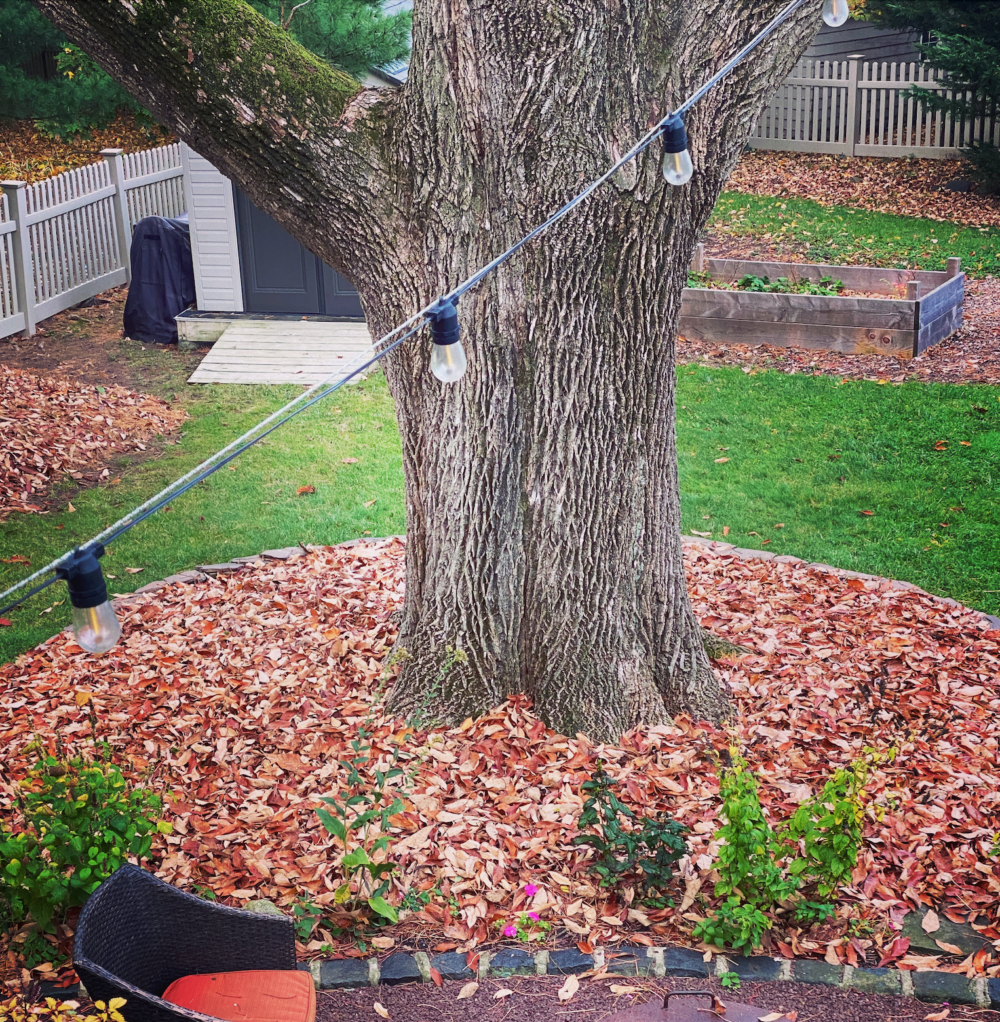We have much more to do and your continued support is needed now more than ever.
An Island of Habitat in a Sea of Concrete

When you think of wildlife habitat, inner city Baltimore is probably one of the last places that comes to mind. But, Franklin Square Elementary/Middle School in southwest Baltimore City has become a wildlife hotspot due to their new schoolyard habitat. National Wildlife Federation’s Mid-Atlantic Regional Center has worked with teachers, students and faculty to take this school’s turf yard, previously barren of wildlife, and metamorphosize it into a garden buzzing with pollinators as a part of our Schoolyard Habitat® program. Simultaneously, another metamorphosis has been occurring in the garden, and the students are taking note!

Two months after completing the first stage of Franklin Square’s Schoolyard Habitat, a 125 square-foot pollinator garden, we were stunned and excited to look down at the garden and immediately spot three monarch caterpillars feasting on native Butterfly Milkweed! In just that short time, Franklin Square’s wildlife habitat attracted this important, threatened pollinator and aided in its recovery. It is hard to believe that monarchs are able to find this island of habitat in a sea of concrete – almost as hard as it is to believe that they migrate nearly 3,000 miles from Mexico to northern United States and Canada each year! The teachers and students were thrilled to see caterpillars thriving on the milkweed.

For the second stage of Franklin Square’s schoolyard metamorphosis, NWF and the National Aquarium helped the school install an additional one hundred square feet of pollinator gardens. Many of the same students that participated in planting the first garden attended this second stage of the project. They were excited to see how well their plants were thriving, and many of the returning students shared their gardening knowledge with new volunteers. The students delighted in preparing the garden, planting new plants, and using the school’s hose to water their hard work. Students also colored in diagrams of the butterfly life cycle, identified hidden pollinators in a picture, and flapped like monarchs racing from “Mexico to Canada” on the soccer field. The day was a huge success, but the greatest excitement came from the discovery of multiple monarch chrysalises hanging from the plants in the garden, as well as from the chain-link fence that surrounds the schoolyard. Students crowded around the fence to see not only a fully formed chrysalis with the faintest outline of monarch butterfly wings inside, but also a monarch caterpillar that had just attached itself upside down and was beginning its transformation. This abundance of important wildlife species like the monarch (as well as bees, beetles, a praying mantis, and other butterflies and caterpillars that were found in the garden) proves how these small changes can have a huge impact on wildlife.
Franklin Square Elementary School participates in National Wildlife Federation’s Eco-School USA program, and this certified Schoolyard Habitat® compliments this program by doubling as an outdoor classroom for learning. The benefits of a Schoolyard Habitat to students are broad, and include increased proficiency in science, geography, social studies and math, as well as improved student behavior[i]. Franklin Square’s teachers are ecstatic about the success of this garden, and the outdoor classroom they now have to teach about pollinator life cycles, urban wildlife, and ecosystems. While she was in the garden recently, Franklin Square’s Green Team Chair, Trinity Trimuel, spotted a monarch butterfly that landed just long enough for her to take a picture, and hopes that many more monarchs will find their way to the garden in the coming years.

While the conventional image of “urban” is filled with concrete and devoid of wildlife, places like Franklin Square Elementary/Middle School show how simple actions, like creating a pollinator garden, can foster thriving wildlife populations in the most unexpected places. The transformation from city-scape to habitat is a growing movement in Baltimore, and for the past four years NWF has been working with partners, city residents, and schools to create more wildlife habitat in the city. Along with our partners, including the National Aquarium, Blue Water Baltimore, and the Maryland Association for Environmental and Outdoor Education, we are working to certify Baltimore as the largest Community Wildlife Habitat® in the Chesapeake Bay watershed. With nearly 500 Certified Wildlife Habitats® at homes, schools, and community spaces across the city, we are 94% of the way there and hope cross the finish line in 2018.
Over the next year, we are working with nine other schools to create a network of Schoolyard Habitats in southwest Baltimore City. If you have any questions or would like to get involved, please contact Avalon Bristow at BristowA@nwf.org, Holly Shields at ShieldsH@nwf.org, or Linn Bumpers BumpersL@nwf.org.
Learn more about Schoolyard Habitats and how you can build one in your local school community.
Grow Your Own Schoolyard Habitat!
[i] https://www.nwf.org/Eco-Schools-USA/Become-an-Eco-School/Pathways/Schoolyard-Habitats/Facts




















